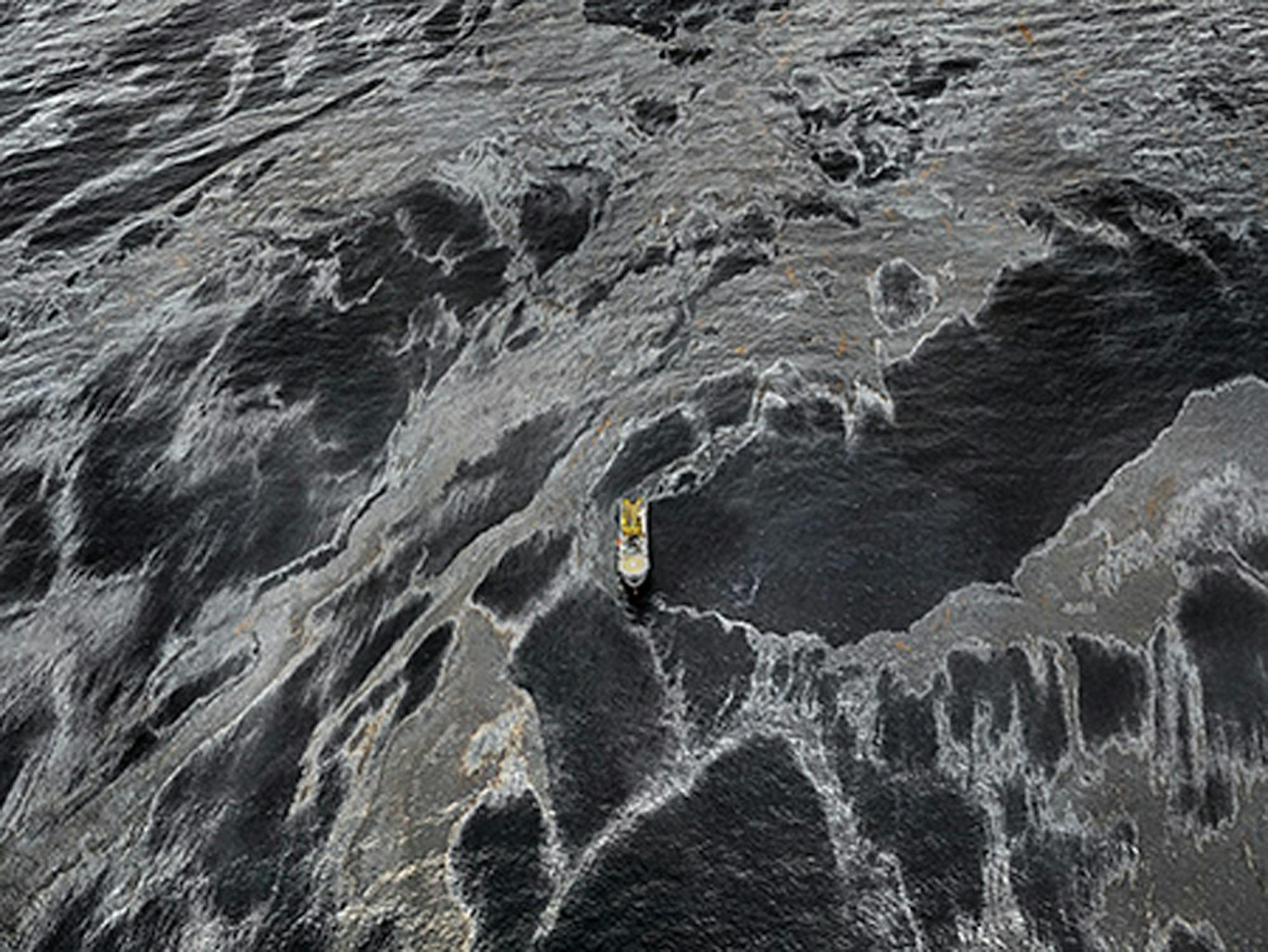More than a year ago, when she was deputy director at the Hood Museum of Art, now-interim director Juliette Bianco was invited to a meeting intended to inform faculty and administrators about the Hopkins Center for the Art’s upcoming show featuring the Nile Project. As she learned more about the Nile Project — a group of musicians, educators and activists from 11 countries in the Nile River Basin region that create and perform music incorporating various traditions, languages and instruments — Bianco was inspired.
“I suddenly thought, ‘Well, you can do the same thing with an exhibit,’” Bianco said.
This weekend, Bianco’s idea — which was handed off to Amelia Kahl, coordinator of academic programming at the Hood, in the early stages — will come to fruition in “Water Ways: Tension and Flow,” a new exhibit at the museum that explores the relationship between water and human civilization and includes more than 20 works from around the globe. The exhibit, which primarily features 20th- and 21st-century photographs, also includes a video recording of the meditative, continuous surf off of the coast of Massachusetts and one object, a water jar with symbolic rain clouds from the Native American community of Acoma Pueblo in New Mexico. As expected from its title, the exhibition touches on a number of water-related themes, including the overuse of water sources, the destructive properties of flooding and the fishing industry.
Kahl, who worked alongside Bianco in planning the exhibition, said that exhibit explores water from both a microscopic scale — such as a simple photograph of water leaving a faucet — and from a macroscopic scale — boasting aerial photography of the BP oil spill, among other works. Kahl said that she began planning the exhibition by searching the Hood’s collections for all pieces relating to water — including all art forms in the collection — before surveying the results with Bianco and separating them into thematic groups. The exhibit became based largely around photography, she said, after the two surveyed the entire collection of pieces and selected the strongest ones.
“Seeing what we had, when we looked at the strongest pieces in each section, it seemed to be mainly photography,” Kahl said.
In designing the exhibit, Kahl said she also wanted to take advantage of recent donations to the Hood Museum, which have included a selection of contemporary photography from Tom and Nancy O’Neill.
“There’s certainly an environmental slant to part of the show as well as sections on flood and drought,” Kahl said.
Among its photographs, the exhibit includes several from a series called “Drowning World,” which were captured by the South African artist Gideon Mendel. The series, which has four photographs in the exhibit, depicts the devastating impact of floods in an intimate setting by capturing individuals in front of their homes.
“They’re portraits,” Kahl said. “He’s trying to look at this as a worldwide phenomenon.”
Studio art professor Brian Miller, whose photography has been displayed at the Smithsonian Institution and in Canada and the United Arab Emirates, said that water is a particularly resonant theme given contemporary conversations about climate change and the recent drought in California.
“Some people say that water is the next big resource disaster we are going to have,” he said. “Water is something that you can’t live without, but can do a lot of damage as well.”
In addition to its environmental perspective, Kahl said the exhibit focuses on the spiritual and communal nature of water. Several of its sections, including “Body and Spirit,” a section which contains a powerful photograph by David Armstrong of a young man standing up to his chest in water, portray individuals relating to water.
“Often we give powerful symbolic connotations to water, so when you put a figure in water, that has a range of meanings,” Kahl said, noting that Armstrong often took photographs of his lovers, giving his piece in the collection such a range of meaning.
“Water Ways,” which opens on Saturday, is on view until Aug. 23. Organized by the Hood in conjunction with the Nile Project, the exhibit was made possible by the Harrington Gallery fund and draws many of its works from the Hood’s permanent collection.




